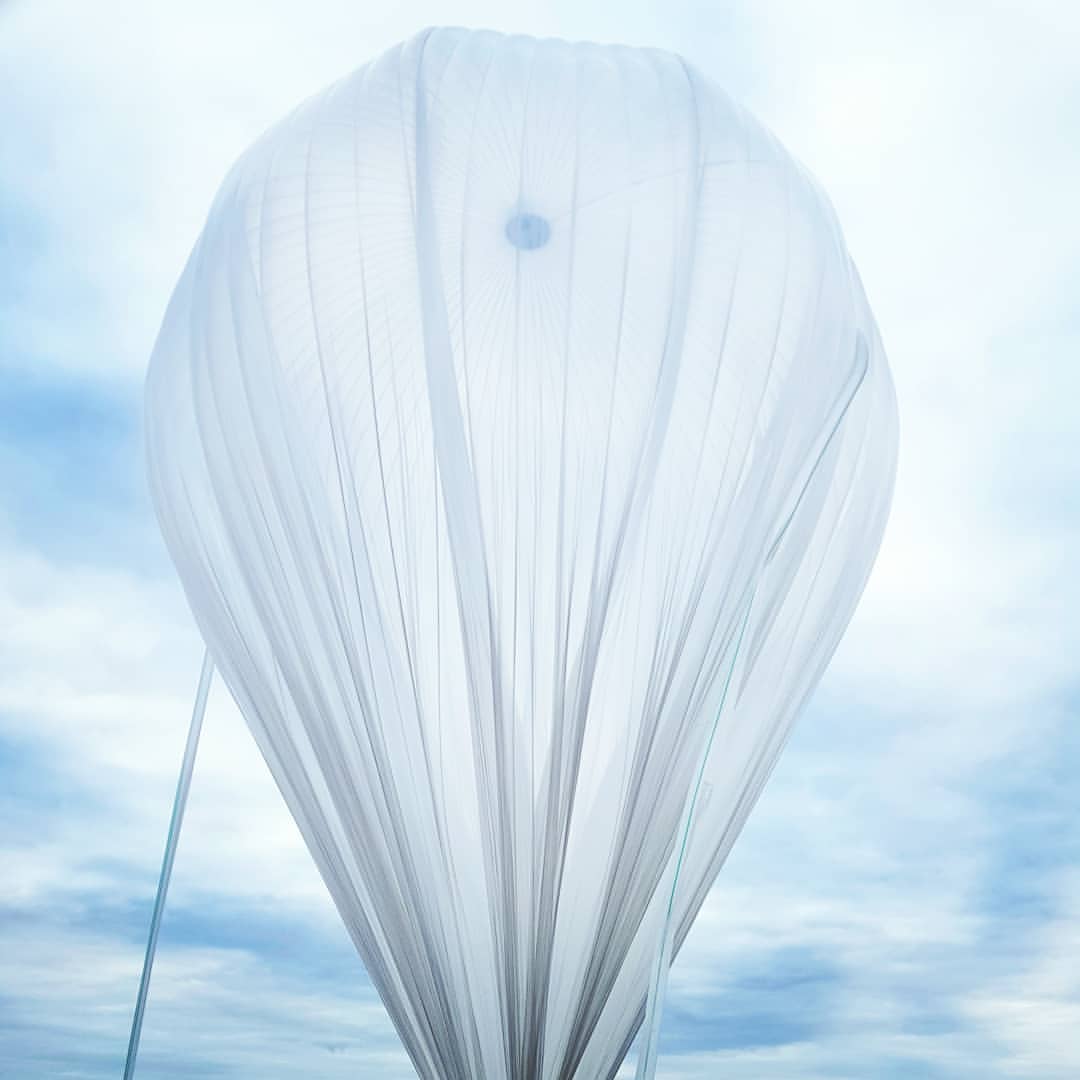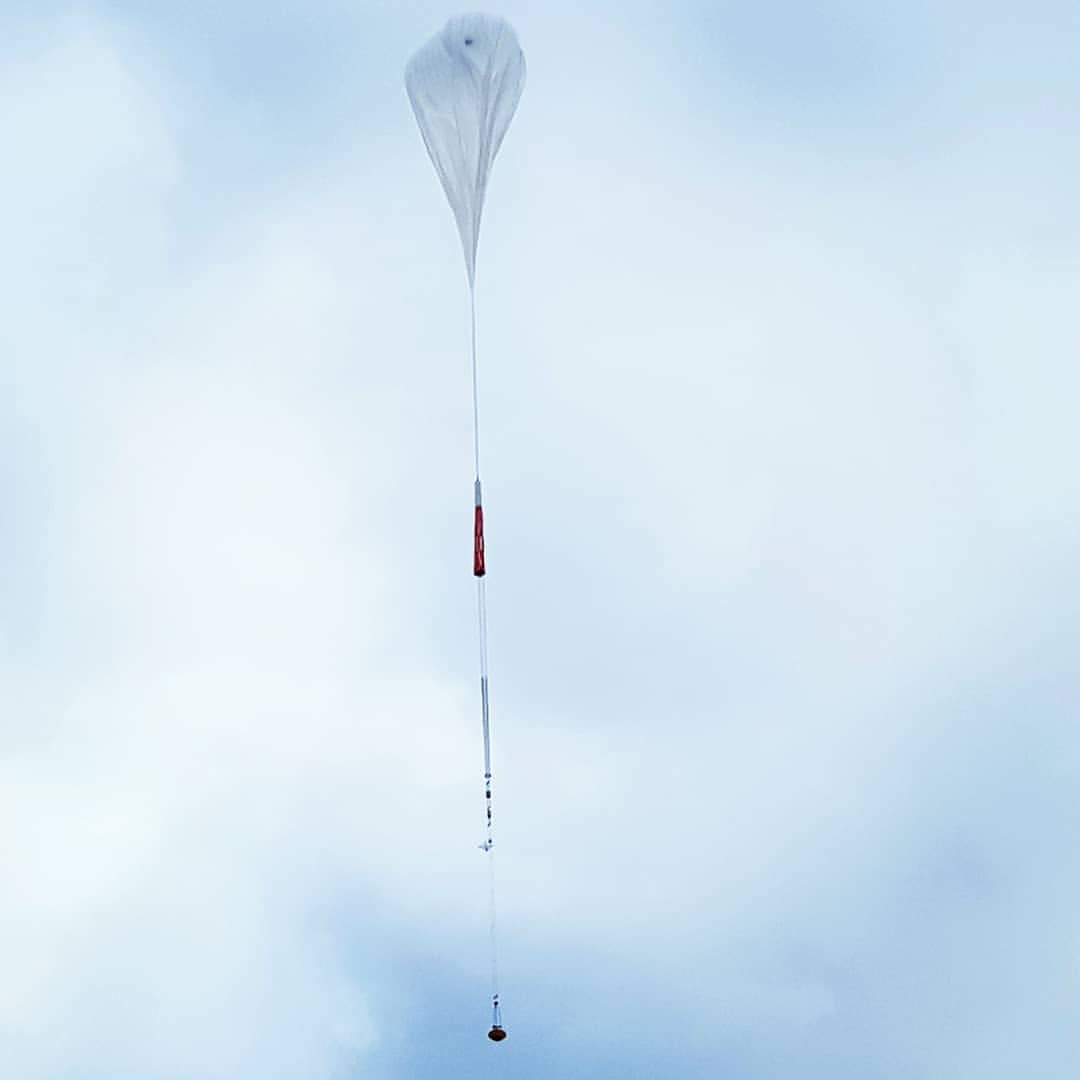Purpose of the flight and payload description
This balloon mission was part of the qualification and testing phase of the parachute system for ExoMars (Exobiology on Mars) mission, an astrobiology programme by the European Space Agency (ESA) and the Russian space agency Roscosmos. The goals of ExoMars are to search for signs of past life on Mars, investigate how the Martian water and geochemical environment varies, investigate atmospheric trace gases and their sources and by doing so demonstrate the technologies for a future Mars sample-return mission. The first part of the programme was a mission launched in 2016 that placed the Trace Gas Orbiter into Mars orbit and released the Schiaparelli EDM lander. The orbiter is operational but the lander crashed on the planet's surface.
The second part of the programme was planned to launch in July 2020, when the Kazachok lander would have delivered the Rosalind Franklin rover on the surface, supporting a science mission that was expected to last into 2022 or beyond. The descent module requires two main parachutes -each with its own pilot chute for extraction- to help slow it down as it plunges through the martian atmosphere. The 15 meters-wide first stage main parachute will open while the descent module is still travelling at supersonic speeds, and the 35 meters-wide second stage main parachute is deployed once at subsonic speeds. Following separation of the parachutes, the speed must be suitable for the braking engines to safely deliver the landing platform and the rover onto the surface of Mars.
To test the performance of the parachutes before the flight, the UK-based company Vorticity Systems was selected as technical consultant under contract with Thales Alenia Space. A special capsule was built by the firm to perform the drop tests of the parachutes, first from low altitude using an helicopter and then from high altitude using a stratospheric balloon. These missions allowed to test the parachutes and deployment sequence with the same gravitational acceleration and atmospheric density as they will experience on Mars.
After the firsts series was completed in 2019 some anomalies were found on the descending system (see details below). As a result on March 2020, it was announced that the second mission was being delayed to 2022 as a result of the problems with the parachutes, which could not be resolved in time for the launch window. After studying the problem and some modifications, a new series of parachute tests were needed which were performed in Oregon during 2020 and from Sweden in 2021.
Details of the balloon flight
Balloon launched on: 8/5/2019
Launch site: European Space Range, Kiruna, Sweden
Balloon launched by: Swedish Space Corporation (SSC)
Balloon manufacturer/size/composition: Zero Pressure Balloon Raven SF11.82 - 330.000 m3
End of flight (L for landing time, W for last contact, otherwise termination time): 8/5/2019
Following the failure of the parachutes in the first test -carried out on May 28 2019- some adaptations were implemented to the design of the parachutes and bags and a second test was performed on August 5 2019 this time with the focus on the larger, 35 m diameter, parachute. The balloon was launched from ESRANGE at 1:50 utc and after a nominal ascent the dummy re-entry body was released from an altitude of 29 km.
Althought the initial steps were completed correctly, damages to the canopy were observed prior to inflation, similar to the previous test. As a result, the test module descended under the drag of the pilot chute alone and suffered damage at impact. All hardware, videos and recorded telemetries were recovered and were evaluated and as a result ESA asked NASA for assistance, working with experts at the Jet Propulsion Laboratory who have experience designing parachutes for NASA's Mars landers. In October 2019, ESA confirmed the realization of another set of high-altitude balloon tests of the parachutes of the ExoMars 2020 rover mission during the first quarter of 2020 in Oregon, United States.
External references
- ESA confirms second ExoMars parachute test failure Space News website
- EXOMARS: le grand parachute n'a pas résisté aux nouveaux essais CNES website
15190If you consider this website interesting or useful, you can help me to keep it up and running with a small donation to cover the operational costs. Just the equivalent of the price of a cup of coffee helps a lot.



